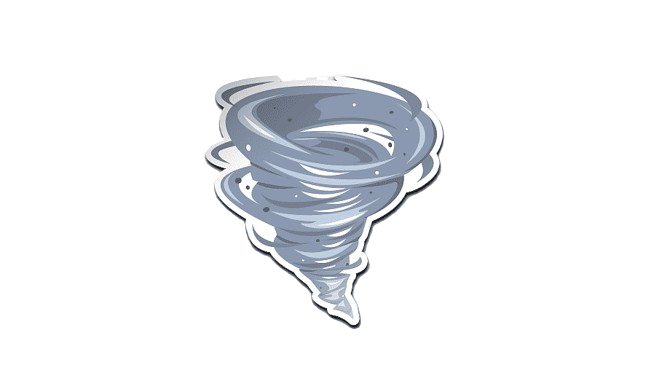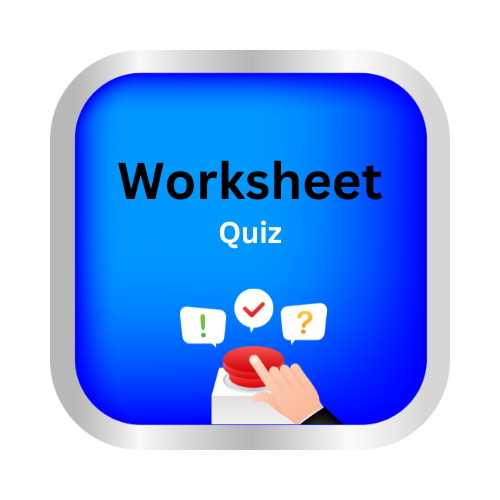Destruction caused by Cyclones

Key Notes :
1. What is a Cyclone?
- A cyclone is a powerful storm system that forms over warm ocean waters, characterized by strong winds, heavy rainfall, and low-pressure areas.
- Cyclones are known by different names in various regions: hurricanes in the Atlantic and Eastern Pacific, typhoons in the Western Pacific, and cyclones in the Indian Ocean.
2. Types of Damage Caused by Cyclones
- Wind Damage:
- Cyclones produce very strong winds that can reach speeds of over 200 km/h. These winds can cause severe damage to buildings, trees, power lines, and vehicles.
- Roofs may be torn off, and weak structures may collapse.
- Flooding:
- Cyclones bring heavy rainfall, leading to flooding in coastal areas and inland regions.
- Storm surges (an increase in water levels due to the cyclone’s strong winds) can inundate coastal areas, destroying homes, farmland, and infrastructure.
- Landslides:
- The heavy rains can lead to landslides, especially in hilly or mountainous areas, damaging crops, roads, and properties.
3. Impact on Agriculture
- Cyclones damage crops like rice, wheat, and vegetables by either flooding the fields or uprooting them with strong winds.
- Soil erosion caused by the rainfall can reduce the quality of farmland, leading to long-term agricultural challenges.
4. Loss of Life and Injury
- Cyclones can cause significant loss of life due to drowning, collapsing buildings, or being swept away by the strong winds or flooding.
- People may also suffer injuries from flying debris or accidents during the storm.
5. Destruction of Infrastructure
- Cyclones can damage roads, bridges, airports, and communication systems, making it difficult for rescue operations and recovery efforts.
- Power outages are common due to damaged power lines and electrical infrastructure.
6. Environmental Damage
- Coastal ecosystems like mangroves, coral reefs, and beaches can be severely impacted by storm surges and strong waves.
- The saltwater intrusion can harm freshwater sources and farmland, impacting both humans and wildlife.
7. Economic Loss
- The destruction of property, crops, and infrastructure can lead to a significant economic loss. Rebuilding takes time and money, and it can take years for affected regions to recover.
8. Cyclone Preparedness
- Proper warning systems and evacuation plans can reduce the loss of life and damage.
- Governments and communities need to ensure that buildings are built to withstand cyclones and that people are educated on how to stay safe during storms.
Let’s practice!

